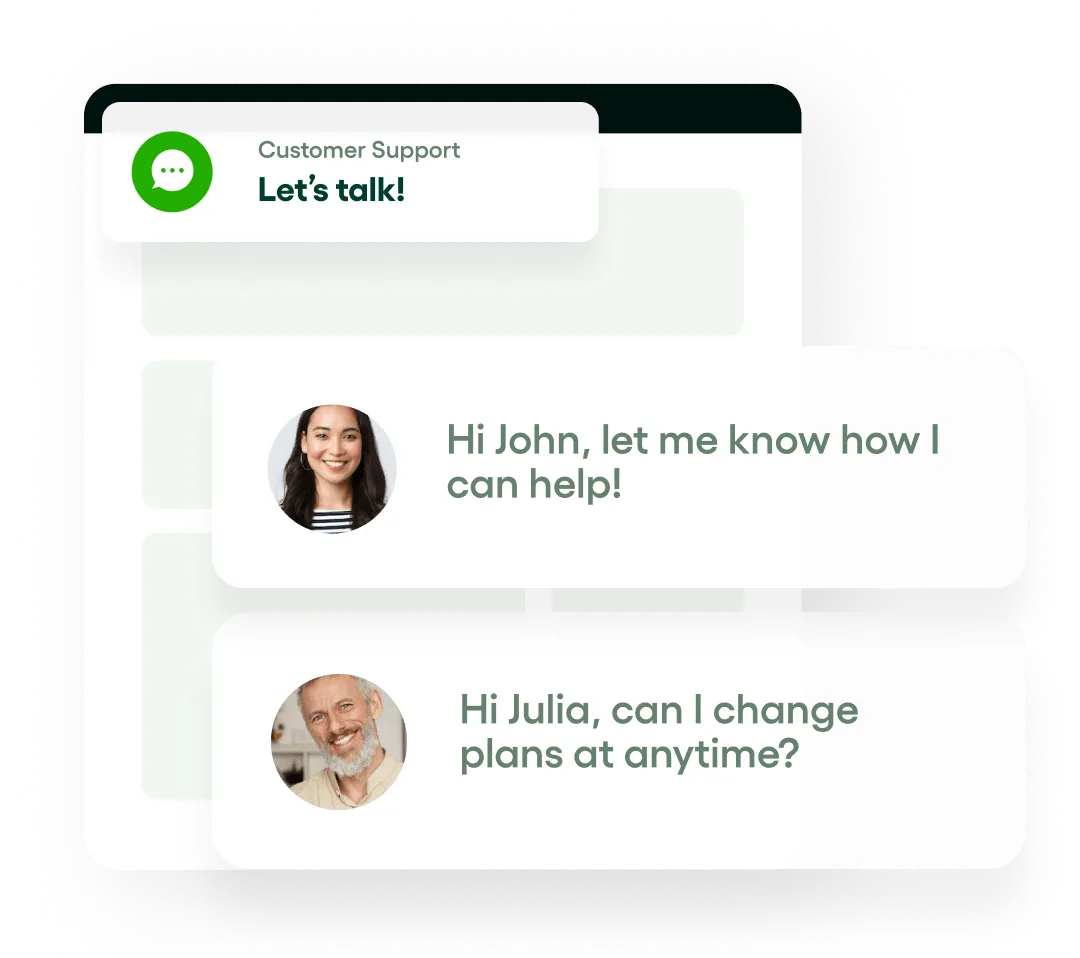Insights from thousands of business owners
on growing your business.
Optimize your business operations with essential operational metrics and KPIs. Drive efficiency and performance to new heights.
Unlock the secrets of crafting project initiation documents. Learn essential steps and create a blueprint for project success.
Master project management and planning with effective charts. Explore strategies and tools to visualize data and drive project success.
Discover effective tracking methods, tools, and metrics for 2024. Stay ahead with cutting-edge strategies for enhanced productivity and performance.
Unlock the world of project deliverables: understand definitions, explore examples, and master management techniques for success.
Master remote project management with best practices and explore job opportunities in this evolving landscape. Stay ahead in the digital age.
Explore resource availability: understand its definition, see real examples, and discover effective tracking methods. Optimize your resource management today.
Master the essentials of project financial management. Learn key strategies to optimize budgets and ensure project success.
Discover the significance and effective implementation of project milestones. Elevate project management with key milestones for success.
Explore inspiring examples and designs of marketing agency websites. Elevate your online presence with captivating layouts and innovative features.
Unlock the power of the phase gate process in project management. Learn how to effectively navigate project stages for success.
Discover the essence of lean project management software and its guiding principles. Elevate project efficiency with streamlined processes.
Explore the landscape of digital marketing agency prices in 2024. Stay informed and make informed decisions for your marketing budget.
Learn effective strategies and techniques to prioritize tasks efficiently. Master the art of time management and boost productivity effortlessly.
Craft a winning marketing project plan with expert strategies and tips. Learn how to streamline processes and achieve marketing goals effectively.
Master OKR project management by aligning team goals with successful delivery. Unlock strategies to boost productivity and achieve outstanding results.
Discover proven methods and crucial conversations to transform into an Agile agency. Elevate your approach and thrive in today's dynamic market.
Explore the top project planning tools for streamlined delivery in 2024. Elevate your project management game with these essential resources.
Master deadline management with proven strategies. Discover effective methods to meet deadlines consistently and boost productivity.
Unlock the secrets of effective marketing workflows. Learn how to understand and implement strategies to streamline your marketing processes seamlessly.
Master cost tracking with our comprehensive guide. Discover essential tips and best practices to optimize your financial management effortlessly.
Unravel the concept of Marketing Resource Management (MRM). Explore its significance and optimize your marketing efforts efficiently.
Unlock the secrets of successful marketing project management in 2024 with our ultimate guide. Elevate your strategies and achieve unparalleled success.
Master project management with the MOCHA method. Uncover its principles and practical applications to streamline projects effectively.


Our friendly, speedy, Customer Support has all the answers and is here to help you.
Contact usYou get 7 days to try it for free. And if it's not what you expected, we guarantee your money back within the first two weeks.
Get started